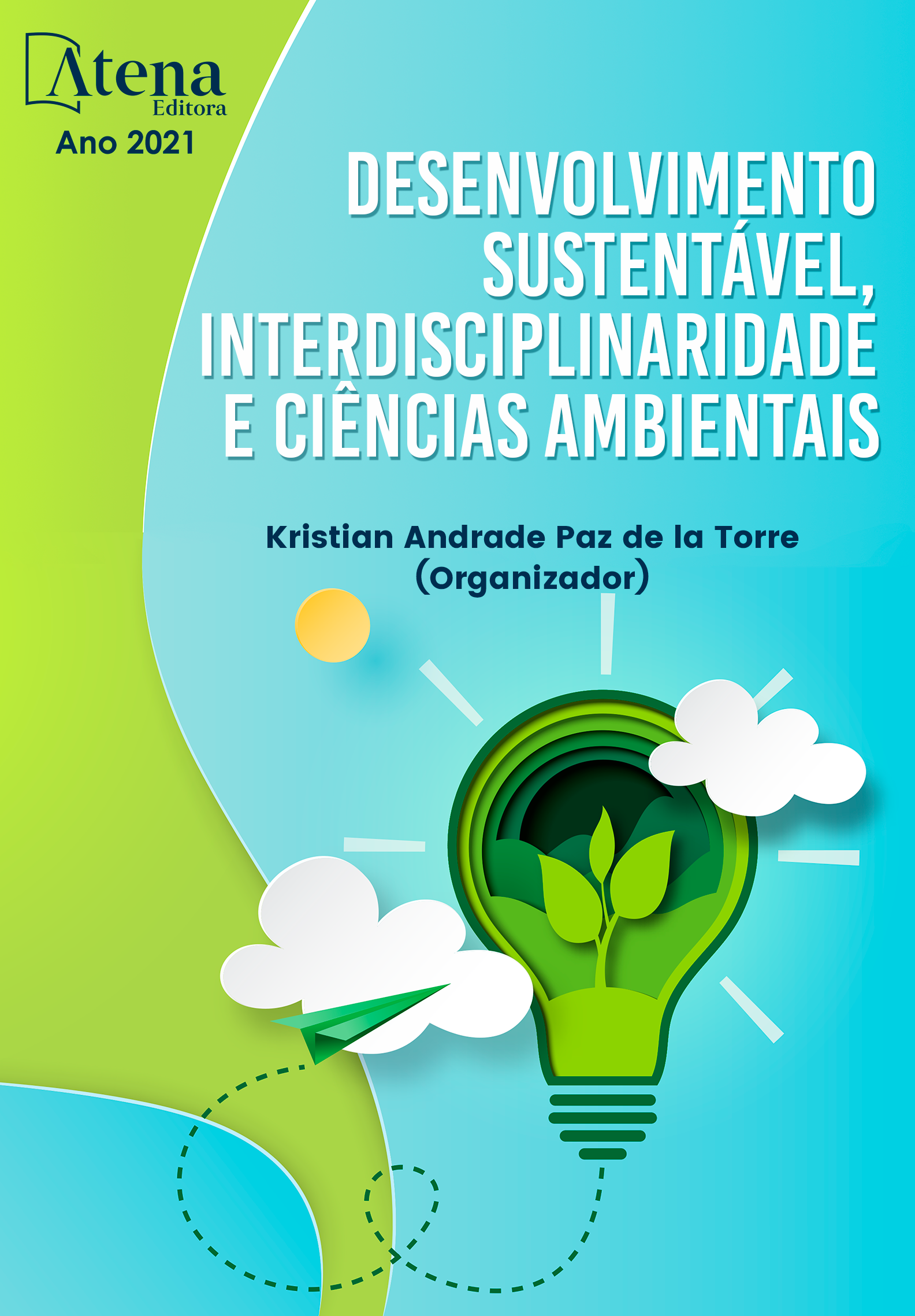
INFLUÊNCIA DO TAMANHO DO BLOCO DE CULTIVO AXÊNICO SOBRE A PRODUTIVIDADE DE Lentinula edodes
A espécie Lentinula edodes é um cogumelo comestível que carece de novas pesquisas, principalmente no que diz respeito às formas de produção empregadas. O método de cultivo axênico foi utilizado, por gerar uma maior produção de cogumelos. O objetivo do presente trabalho foi determinar as taxas de produtividade de blocos de formulação padrão, de 0,8, 1,5, 2 e 2,5 kg, de cultivo axênico de L. edodes. Foram preparados nesta pesquisa meios BDA para o cultivo da matriz primária, que após a colonização foram inoculadas em potes, para a matriz secundária (Spawn). Obteve-se no total 52 blocos de L. edodes, 13 de cada tamanho, que foram reservados em uma sala à espera da colonização do fungo. Posteriormente foi realizada a indução dos blocos para o surgimento dos corpos de frutificação, em seguida foram colhidos, pesados e analisados estatisticamente. A produtividade final para cada tratamento de L. edodes, mostrou que o bloco de 0,8 kg foi o que menos produziu até o fim do experimento. Entretanto os valores obtidos entre os blocos de 1,5 kg, 2 kg e 2,5 kg não tiveram uma diferença significativa. Conclui-se que para o cultivo o melhor bloco foi o de 1,5 kg de L. edodes, pois teve uma produtividade estatística similar aos blocos maiores e muito maior ao bloco de 0,8 kg, além disso seu uso é justificado pelo fato de se gastar menos material, substrato e também por facilitar a logística quando comparado com os outros tamanhos de blocos.
INFLUÊNCIA DO TAMANHO DO BLOCO DE CULTIVO AXÊNICO SOBRE A PRODUTIVIDADE DE Lentinula edodes
-
DOI: 10.22533/at.ed.7212113042
-
Palavras-chave: Shiitake; Peso; Cultivo; Cogumelos
-
Keywords: Shiitake; Weight; Cultivation; Mushrooms
-
Abstract:
The species Lentinula edodes is an edible mushroom that needs further research, especially with regard to the methods of production employed. The axenic cultivation method was used, to generates a greater production of mushrooms. The objective of the present work was to determine the productivity rates of standard formulation blocks, of 0.8, 1.5, 2 and 2.5 kg, of axenic cultivation of L. edodes. In this research, BDA media were prepared for the cultivation of the primary matrix, which after colonization were inoculated in pots, for the secondary matrix (Spawn). A total of 52 blocks of L. edodes were obtained, 13 of each size, which were reserved in a room, waiting for the colonization of the fungus. Subsequently, the blocks were inducted for the appearance of the fruiting bodies and then collected, weighed and statistically analyzed. The final productivity for each treatment of L.edodes, showed that the 0.8 kg block was the one that produced less until the end of the experiment. However, the values obtained between the 1.5 kg, 2 kg and 2.5 kg blocks did not have a significant difference. It is concluded that for cultivation the best block was 1.5 kg of L.edodes, as it had a statistical productivity similar to the larger blocks and much higher than 0.8 kg block, and furthermore its use is justified by the fact that spend less material, substrate and also for facilitating logistics when compared to other block sizes.
-
Número de páginas: 12
- Janaína Piza Ferreira
- Nayara Clarete da Penha
- José Gomes Vianna Neto
- Cibelli Paula de Castro
- Samuel Vitor Assis Machado de Lima


